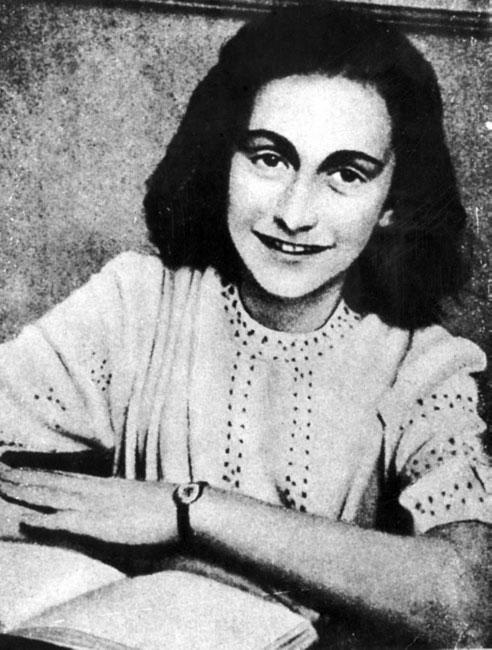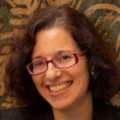

In essence, Anne Frank wrote a “blog” 70 years ago. I have often wondered whether Anne would have won the Pulitzer Prize had she not died in Bergen Belsen?
Anne Frank was one of the 1.5 million Jewish children who died during the Shoah simply because she was Jewish. In hiding in Amsterdam, Anne noted in her diary that she wanted to become a journalist. She was a teenager who had aspirations – similar to those of Moshe Flinker who while in hiding in Brussels noted in his diary that he wished to become a statesman. Anne shared the hope to dream along with Abraham Kopolovitz who was born in Lodz, Poland, in 1930. During the Shoah, Abraham was imprisoned in the Lodz Ghetto. Abraham also left a notebook that was found after his death.
Anne’s personal story has resonated with readers from all over the globe, especially young people, since her diary was originally published more than 60 years ago. Her words have touched many hearts and minds and she ultimately may be perceived as an icon. Approximately 1.2 million people annually visit the place where Anne spent approximately two years in hiding – 85% of them from outside of the Netherlands.
This week, Yad Vashem signed a first-ever cooperation agreement in the field of education with the Anne Frank House, expanding professional development opportunities for Dutch educators to study this difficult and complex subject matter. During our discussions with the Executive Director of the Anne Frank House, Ronald Leopold, it was clear that both of our institutions share a deep commitment to transmitting to educators and their students the importance of teaching about the Jewish victims’ pre-war experiences, their everyday life struggles during the Holocaust and the dilemmas that Holocaust survivors – such as Otto Frank - faced after they were “liberated.” It is thereby hoped that Yad Vashem and the Anne Frank House will now work more closely together to support teachers who wish to learn more about the Holocaust.










